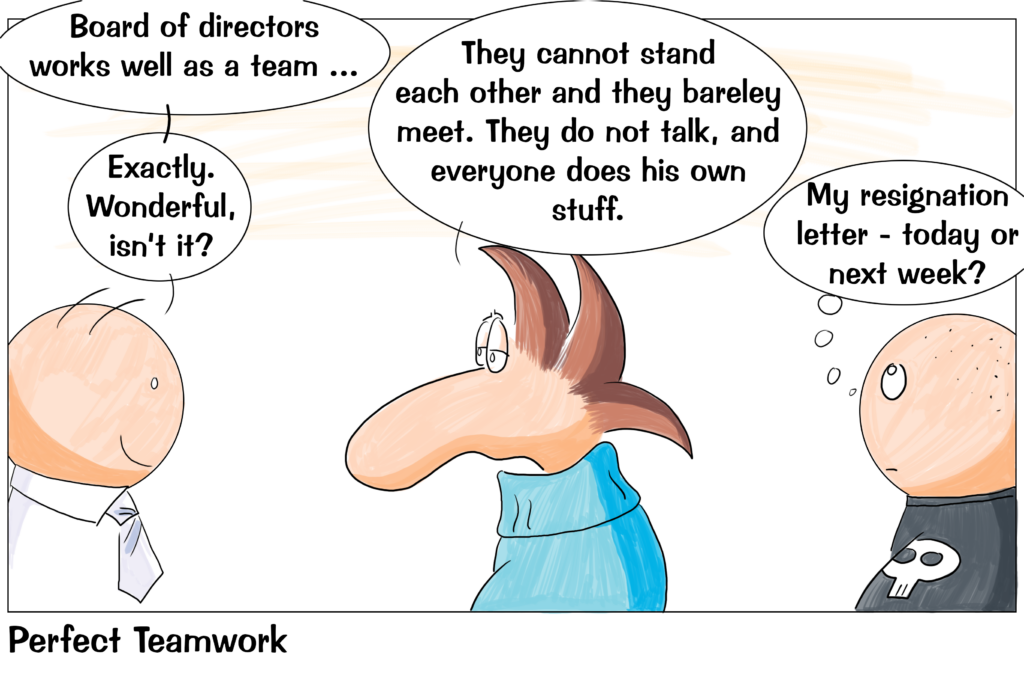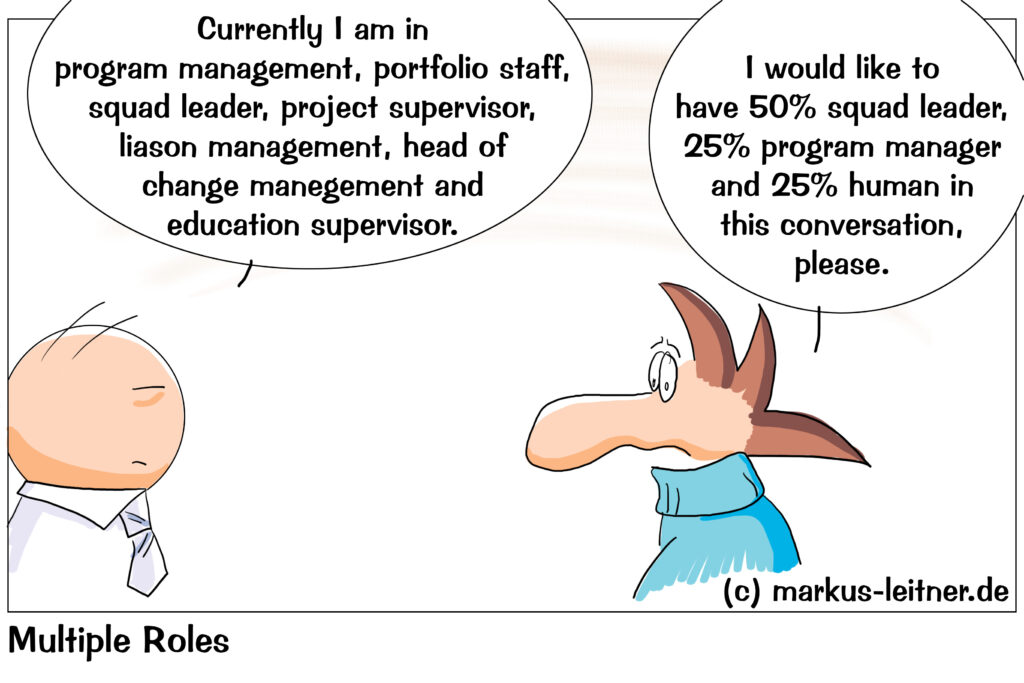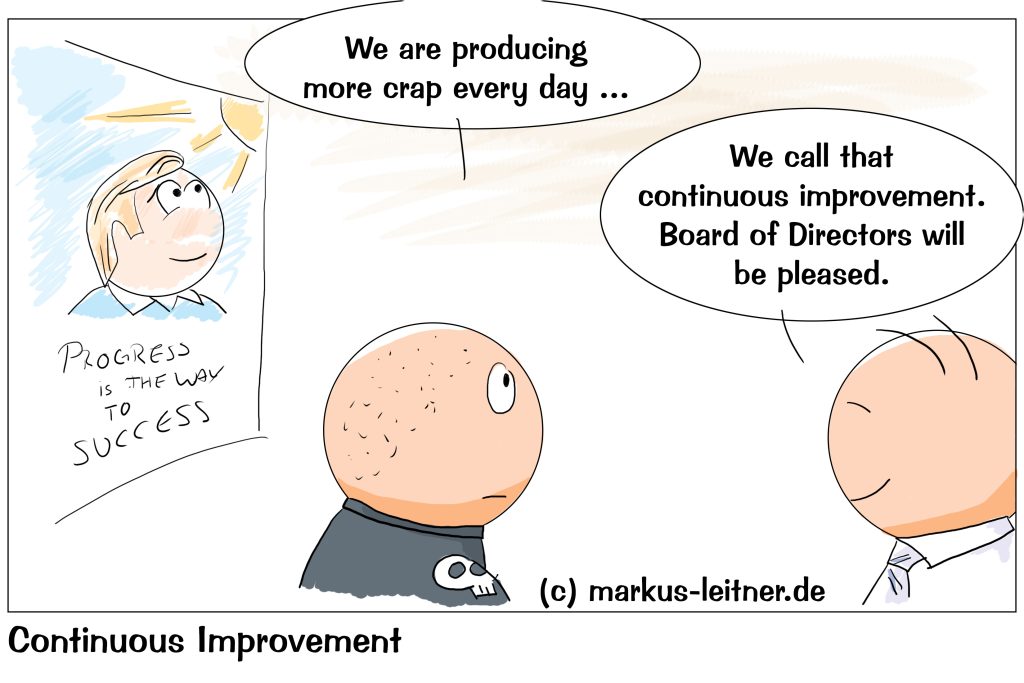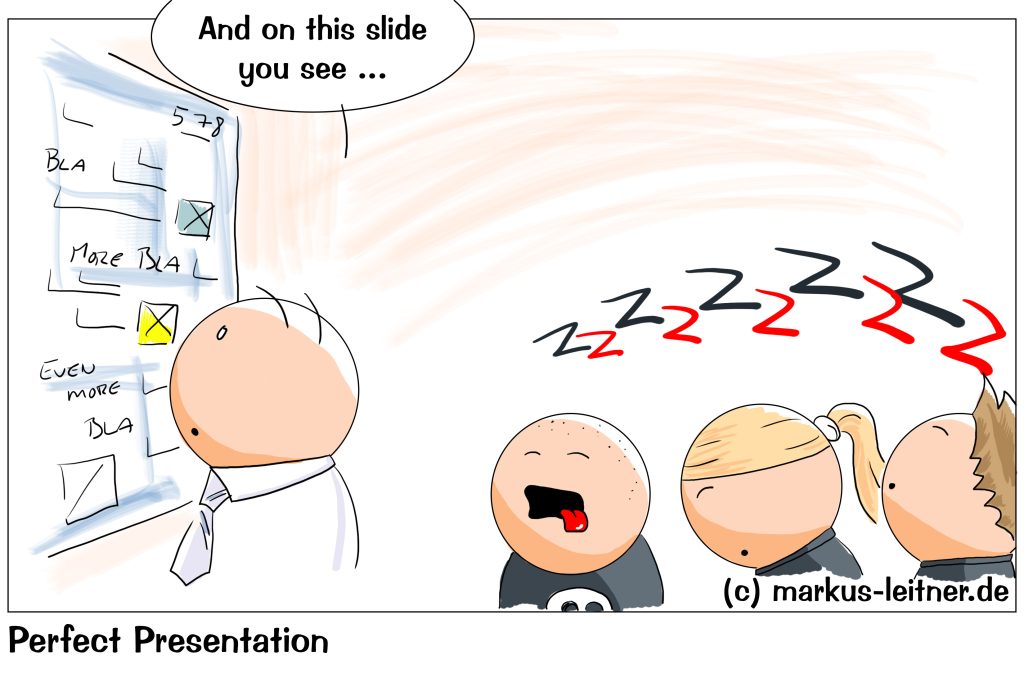
We keep staffing new teams over and over again, and of course we want them to »work« as quickly as possible, but we are constantly disappointed, how long the teambuilding process takes. Is there any way to speed it up?
Short answer: limited.
Of course, we have to look at it in more detail to understand, what we can and cannot do. After all, we have a few levers, that we can use – even if each one of them needs time to show any effect. Everything needs time, and it is always a process.
Unless we use the wrong lever – negative effects can be created instantly.
I want to use the terminology here quite generously, because we could spend hours just discussing the definitions of teamwork and teambuilding, but that is not my point – apart from neither you or me feeling like it. My point is, that I am completely satisfied, when the cooperation within the team is so good, that the team as a whole benefits from it, so that it uses its current potential as much as possible.
First of all, a list of all the things, we should not do: demand or order something. End of the list. Those are exactly the levers, we could use, giving us immediate negative effects. Demanding or ordering means putting pressure on the system, and in this case that is not a good idea.
To understand that, we have to be aware, that cooperation has two components: on the one hand, the professional, on the other hand, the human.
Demanding and ordering will backfire because of the second one. People will fight back, if we force them closer to other people. Psychologists had these learnings many years ago: we cannot order closeness, and if we try, we will most likely provoke exactly the opposite response or reaction.
If we want to accelerate the growing together of the team, we must of course not ignore the human component. Here, however, we can only take measures to reduce reservations, prejudices, etc. This happens automatically over time. We can only accelerate this to a limited extent if we give this natural development space by consciously promoting communication outside of the technical area, especially in the first days and weeks of the team.
As Scrum Masters – or whatever your specific role may be called – we are communicators and moderators. So this task is up to us. If we leave some room for small talk, jokes and nonsense in every meeting, some of our colleagues will use that and talk or make jokes, because they are just open and communicative. Step by step we can now involve the more reserved colleagues, being aware that we should not force something on someone, that he (or she) does not want. And, of course, we have to keep an eye on the »louder« colleagues o give the more »silent« colleagues room to breathe.
Personally, I am not a big fan of having rules for that, i.e. by building a circle, where everyone has to say two things about himself – something professional and something personal. You can do something like that once, but it always feels forced, and if your colleagues are not comfortable with it, you should ignore those games completely.
We want our colleagues to just talk. We can promote this by providing the space for it, starting discussions ourselves and (carefully) include the quieter teammates.
As you can imagine, it takes time.
The second aspect – the professional – starts at staffing the team. Of course, what you need is mostly defined by the project and the requirements, but most of the time, I want to have teammates whose skills are not completely identical, but complement one another. We can think well in terms of a Venn diagram, where we would have a large overlap but also a lot of room in all directions.
I know that this is not the most precise description ever, but there is no way to say that more exact or in more detail. After all, it is not an exact science we are working with.
If there is no overlap, collaboration is hardly possible. Everything would always have to be passed from one person to another, and both would speak a different language. Or everyone does their own tasks, starting them alone, doing them alone, and finishing them alone. In that case we do not need a team. We would then only be talking about an organizational unit in which there would be no need for internal cooperation. These things are also fairly common, e.g. in support, but we want our colleagues to be able to work on tasks together.
If all our colleagues would have exactly the same skills, we would gain exactly nothing by working together. We assume that different inputs add up to make a result better. But if everyone has the same knowledge, we do not get different inputs. Therefore, working together makes no sense in that case.
So, when we know we need these complementary skills from our colleagues, all we can do is work towards them. If we can, we do it during staffing. After that, we are left with training, which of course also includes joint work (in the sense of pair programming or similar), but of course we cannot order that, we can only suggest that.
Now we can do a couple of things: on the one hand, our teammates can identify skills that they need together, identify skills in which they want to develop more individually, but which complement each other, and we can identify tasks from which we can learn this.
The way of training also takes time. The only thing we have learned so far is, where we want to go and what we need. But that alone is the most important step. If you just take away with you, that there is the professional and the human side to teamwork, and that there is no way to force the human side, but to just give it room, you have gained a lot. If you know that, and your teammates know that, you will find a way to automatically work towards it.
Core: Cooperation has both human and technical aspects. Human aspects can in no way be forced, only favored. In terms of professionalism, we work towards ensuring that the skills of our team colleagues complement each other.
If you need any assistance or want to know more, just speak to me.











